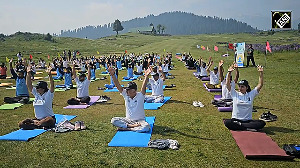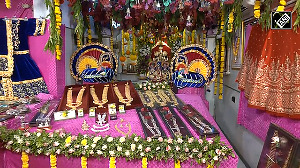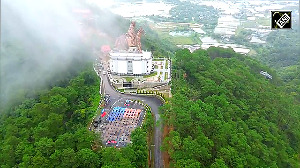When Vistara, the full-service joint venture between the Tatas and Singapore Airlines, takes off on its maiden flight on Friday, it will be the culmination of the two partners’ turbulent history of trying to fly in India for 20 years.
For the Tata brand name, it will be re-association with a full-service airline six decades after Tata Airlines was nationalised in 1953.
The relationship between the Tata group and Singapore Airlines was struck by chance.
In the early 1990s, P V Naras-imha Rao, then prime minister of India, met his Singaporean counterpart, Goh Chok Tong, and the idea that Singapore Airlines explore setting up a joint venture airline in India was floated.
It suited both countries -- India had embarked on a ‘Look East’ policy and Singapore was scouting for investment opportunities.
Rao was told Singapore Airlines would prefer partnering companies such as the Tata group.
The prime minister summoned his powerful principal secretary, Amar Nath Verma, and tasked him with getting the Tatas on board.
Verma made a call to Ratan Tata, then Tata group chairman and a trained pilot, with strong links to state-owned Air India. Tata’s reaction was positive.
In 1995, the two sides devised a plan to set up a new airline with a fleet of 16 aircraft. The Tatas were willing to concede 60 per cent equity to Singapore Airlines.
A team led by S Ramakrishna, formerly with Tata Industries, and Sujit Gupta, the company’s Delhi resident director, from the Tatas’ side, and senior Singapore Airlines executives such as Karamjit Singh, an old corporate affairs hand, was set up.
The two sides felt the proposal for a joint venture airline would sail through, as Kuwait Airlines and Gulf Air already held a combined stake of 40 per cent in Jet Airways.
The move, however, jolted India’s aviation sector into vehement opposition, especially from fledgling private airlines.
These included Jet Airways, Damania, East-West, and Air Sahara, which had been allowed to operate as scheduled airlines only in 1994 (they were air taxi operators before that). Together, the private airlines had 25 Boeings.
The market was dominated by Indian Airlines, with more than 50 jets.
The entry of Tata-Singapore Airlines would have crowded them out.
The project, many said, was ahead of its time because India had barely allowed private airlines, after decades of state monopoly, and the new carriers needed protection.
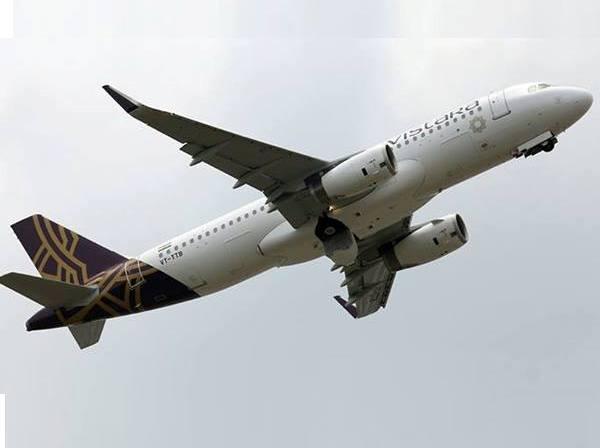
In 1996, political winds blew in a United Front government under H D Deve Gowda.
The next year, C M Ibrahim, the aviation minister of the day, said he was opposed to the Tata-Singapore Airlines proposal on ideological grounds, as it wasn't the right time to allow foreign investment in aviation.
Critics, though, said he was protecting Jet Airways, which had ambitious expansion plans.
The government decided no foreign investment would be allowed in airlines.
The Tatas tried to accommodate by diluting the Singapore Airlines stake, first to 50 per cent and then to a minority 40 per cent. But that didn't help.
The setback has rankled Ratan Tata.
Fifteen years later, he disclosed his attempt to set up an airline with Singapore Airlines, despite approaching three prime ministers, was thwarted by an individual who sought a bribe of Rs 15 crore (Rs 150 million), which Tata refused.
But the Tatas did not give up. In the late 1990s, they offered to set up an airline of their own, with Singapore Airlines as a technical partner.
The political winds were now blowing in the right direction.
The National Democratic Alliance government under Atal Bihari Vajpayee had come to power in 1998 and it was set to sell stake in state-owned enterprises, one of its biggest programmes.
In 2001, the government was keen the Tatas participate in the disinvestment in Air India, the company initially set up by J R D Tata.
The government had decided to sell 40 per cent in the airline company.
The Tatas returned to their old partner, seeking technical help and asking it to be a partner in the bidding process.
Singapore Airlines moved in with alacrity; its top executives conducted a detailed study and concluded Air India had robust mid-level managers and, with control, the airline could be turned around easily.
It was believed Singapore Airlines would take less than 20 per cent in the airline if things worked out.
Yet, as earlier, opposition from trade unions and rival airlines turned virulent.
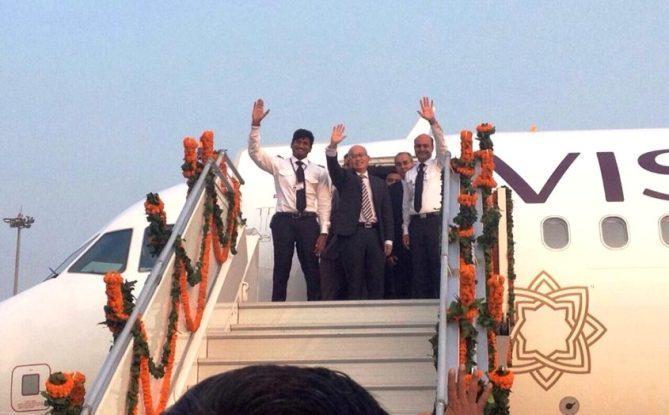
Senior leaders across party lines, as well as a parliamentary standing committee, questioned the government's decision to sell its stake in Air India.
Matters came to a head when a letter, purportedly written by the cabinet secretary to the Prime Minister's Office opposing the sale, began doing the rounds.
And, the only other bidder for the airline, the Hindujas, decided to withdraw.
Upset that its association with the Tatas was being looked at with so much suspicion, according to those in the know, Singapore Airlines pulled out of the partnership.
The company was believed to be wary of political interference in running Air India, given the government still owned a 60 per cent stake.
Observers said the Tatas had not fended off the attack on disinvestment, despite minister Arun Shourie pushing for it.
The Tatas, despite coming close to it again, could not fly in India.
With Vistara taking off, the chapter of failed attempts comes to a close.

Take-off troubles
Ratan Tata, ex-chairman of the Tata group, in 2000. At that time, Tata had said a consortium led by his group would bid for a 40% stake in Air India.
- Early 1990s: P V Narasimha Rao, then PM of India, meets his Singaporean counterpart, Goh Chok Tong; the idea of Singapore Airlines setting up a JV airline in Indiais floated
- 1995: Tatas and Singapore Airlines file an application to set up a domestic airline JV, with SIA holding a 60% stake and Tata Sons the rest
- 1997: The application is rejected; then aviation minister C M Ibrahim says he is ideologically opposed to foreign investment in airlines; FDI in domestic carriers isn’t allowed
- 1998-99: Tatas propose to set up an airline on their own, with technical help from SIA
- 2001: Tatas team up with SIA to bid for a 40% stake in Air India, in which the govt was paring its holding; SIA withdraws from the project after opposition from rivals and political parties




.jpg)





